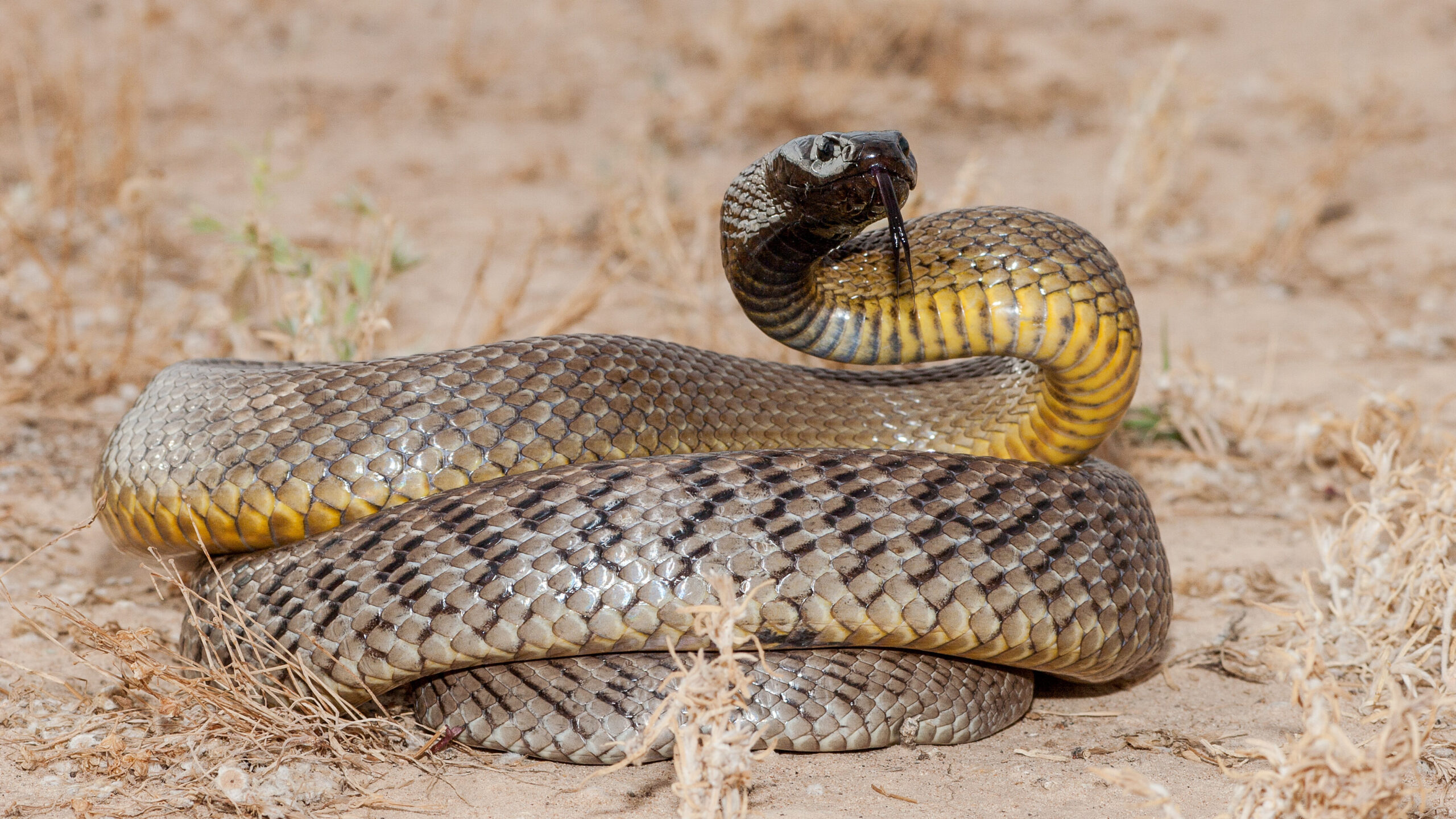Introduction
When it pertains to venomous snakes, Australia is home to several of the most remarkable and harmful species in the world. Amongst these, the Tiger Snake stands out not only for its powerful venom yet also for its intriguing behavior. Comprehending the actions of venomous snakes like the Tiger Serpent is crucial for both wild animals lovers and those living in areas where these snakes are present. This post explores numerous facets of Tiger Snake behavior, environment, identification, safety measures, and emergency treatment techniques in instance of a snake bite.
Understanding the Habits of Venomous Snakes Like the Tiger Snake
The Tiger Snake, scientifically referred to as Notechis scutatus, is infamous for its hostile nature when threatened. These serpents display a series of behaviors that can be quite various from their non-venomous equivalents.
Characteristics of Tiger Snakes
The Tiger Serpent is conveniently well-known because of its distinct bands or stripes that look like a tiger's markings. They can differ in color from yellowish-brown to dark olive or black. This coloration offers not only as camouflage yet additionally as a caution signal to possible predators.
Adaptability to Environment
One impressive element of their behavior is their versatility to various environments. Discovered primarily in seaside regions, marshes, and marshes across Australia and Tasmania, they can flourish in varied habitats consisting of city areas.
Hunting Techniques
Tiger Serpents are ambush predators mostly preying on fish, frogs, and tiny creatures. They possess keen vision and an acute feeling of odor which assists them in situating target effectively.

Venom Composition
Their poison consists of neurotoxins that influence the nerves, resulting in paralysis or death in smaller sized animals. For humans, prompt medical focus is critical after a tiger serpent bite because of its potentially dangerous effects.
Natural Habitat of Tiger Snakes
Preferred Locations
Understanding where these snakes stay clarify their behavioral patterns. The tiger snake habitat consists of:

- Coastal regions Swamps Grasslands Urban areas with bountiful water sources
Seasonal Movements
During warmer months, Tiger Snakes are extra energetic as they bask in sunshine or hunt for food. In contrast, colder months see them retreating into hibernation sites.
Are Tiger Snakes Venomous?
Yes! The inquiry "are tiger snakes venomous?" often emerges amongst those not familiar with this varieties. Their poison is taken into consideration one of the deadliest amongst all snake species worldwide.
Symptoms of a Tiger Snake Bite
If bitten by a tiger serpent, signs and symptoms might include:
- Localized pain Swelling at the bite site Nausea and vomiting Sweating and confusion
Immediate medical aid is vital as unattended attacks can result in serious health problems and even death.
First Aid for Snake Bites: Quick Action Guide
Knowing exactly how to provide first aid for a serpent bite might conserve a person's life. Right here's what you should do:
Step 1: Continue to be Calm
Keeping calm helps decrease heart price which minimizes poison spread.
Step 2: Debilitate the Affected Area
Keep the impacted arm or leg still and listed below heart level if possible.
Step 3: Call Emergency Situation Services
Always seek professional medical aid quickly after a serpent bite.
First Aid for Serpent Bite Package Essentials
A fully equipped snake bite first aid kit should consist of:
- A compression bandage Antiseptic wipes A set of scissors An ice bag
Safety Precautions: Avoiding Snake Bites in Australia
Awareness Programs
Educating areas about regional serpent species and their behaviors can substantially lower experiences leading to bites.
Avoiding Harmful Areas
Staying far from lengthy yard during warmer months minimizes call with snakes that might be resting or hunting.
Common Misunderstandings Regarding Tiger Snakes
Many people believe misconceptions concerning the behaviors of tiger serpents lead to unneeded concern. Right here are some clarifications:
Myth 1: All Tigers Are Aggressive
Not all tiger snakes will display hostility if left uninterrupted; lots of choose first aid snake bite kit - Skill's Training College running away as opposed to confrontation.
Myth 2: They Chase Humans
Tiger snakes do not actively chase after human skillstrainingcollege.com.au beings; they https://skillstrainingcollege.com.au/pressure-immobilisation-technique/ might strike when they feel threatened but will usually pull back if given space.
Conservation Efforts Associated with Poisonous Snakes
Conservation efforts focus on enlightening areas about protecting regional wildlife while lessening human-snake interactions.
Importance of Ecosystems
Understanding that venomous snakes play a crucial role in maintaining environmental balance helps foster admiration instead of anxiety towards them.
FAQs Concerning Tiger Snakes
What should I do if I encounter a tiger snake?- Maintain range and gradually pull back without unexpected movements.
- While bites aren't exceptionally common because of recognition initiatives, they still happen every year within Australia.
- Baby tiger snakes can supply full doses of venom despite being smaller sized; thus care is suggested around them.
- They primarily take in frogs, fish, tiny mammals like rats, and various other reptiles.
- It's unlawful in the majority of jurisdictions without proper licensing as a result of safety issues regarding their venom.
- Wear sturdy boots and stay on marked routes; look before putting hands or feet into hidden areas like rocks or logs.
Conclusion
Understanding the actions of poisonous serpents like the Tiger Serpent not only enhances our understanding but additionally advertises security understanding among those living near their environments. From acknowledging their features, understanding emergency treatment protocols adhering to a bite, through engaging conservation efforts-- every aspect plays a necessary duty in cultivating coexistence with these interesting reptiles while appreciating their place within our ecosystem.
As we deepen our understanding via education and learning and experience, we add positively towards guaranteeing both human safety and wild animals conservation-- profiting all parties involved!